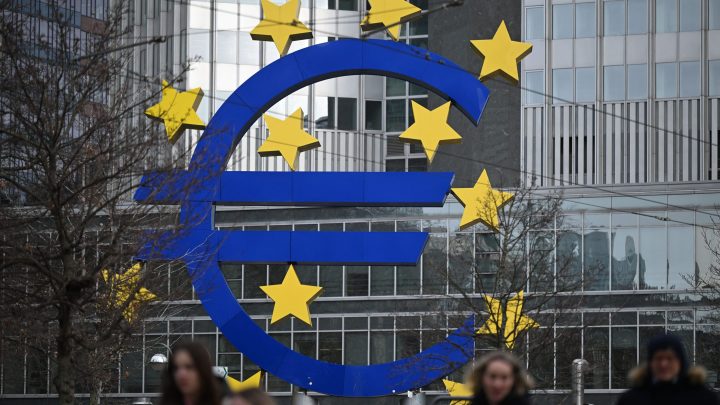
Interest rates worldwide might start falling as central banks meet this week
Interest rates worldwide might start falling as central banks meet this week

This is a big week for monetary policy. Starting Tuesday, the Federal Reserve’s Open Market Committee meets for two days to set interest rates — and do some messaging around them. And other central banks around the world will be doing the same: The Bank of Japan and Reserve Bank of Australia also meet on Tuesday. The national banks of Switzerland, Norway, Britain and Mexico do their big huddles on Thursday.
All of them — with the notable exception of Japan — have raised rates in recent years to fight inflation. And all of them are expected to start cutting rates; probably not this week, but certainly by spring or early summer.
One byproduct of the current, relatively high rates in the United States is that they’ve pushed the dollar up against other major currencies. And that’s likely to continue, even as interest rates start to fall.
“It’s gonna be quite the week” for economic policy nerds, said Joe Brusuelas at consulting firm RSM. And what central bankers are about to embark on is a big deal.
“A synchronized set of rate cuts. The central banks are gearing up to put the shocks of the pandemic and the inflation that ensued behind them,” he said.
Look first to a small landlocked country with a big footprint, said Andrew Hunter at Capital Economics.
“We’re actually expecting the Swiss National Bank to kick off this long-awaited easing cycle — the first among the G10 to start cutting rates,” Hunter said.
Next to break out of the pack could be the European Central Bank, said Sharyn O’Halloran at Columbia Business School.
Inflation on the Continent is below 3%, and growth could really use a boost.
“The eurozone — its language has started to shift, and it’s now much more on an expansionist path,” O’Halloran said.
If the Fed waits a little longer to start cutting, O’Halloran said that could draw investment into the U.S. and boost the dollar. That could actually help the Fed, said RSM’s Joe Brusuelas.
“A strong dollar dampens import prices and helps put inflation to a more sustainable level,” Brusuelas said.
It’s also nice for U.S. tourists traveling abroad, but not so great for U.S. exporters whose goods are more expensive for foreign customers.
Don’t worry too much, Andrew Hunter of Capital Economics said.
“The dollar is relatively strong. But that ultimately is a reflection of the fact that the U.S. economy is relatively strong, rather than being some kind of headwind for growth in the U.S,” Hunter said.
And as interest rates fall later this year, that should turbocharge demand in all the major economies.
There’s a lot happening in the world. Through it all, Marketplace is here for you.
You rely on Marketplace to break down the world’s events and tell you how it affects you in a fact-based, approachable way. We rely on your financial support to keep making that possible.
Your donation today powers the independent journalism that you rely on. For just $5/month, you can help sustain Marketplace so we can keep reporting on the things that matter to you.

















